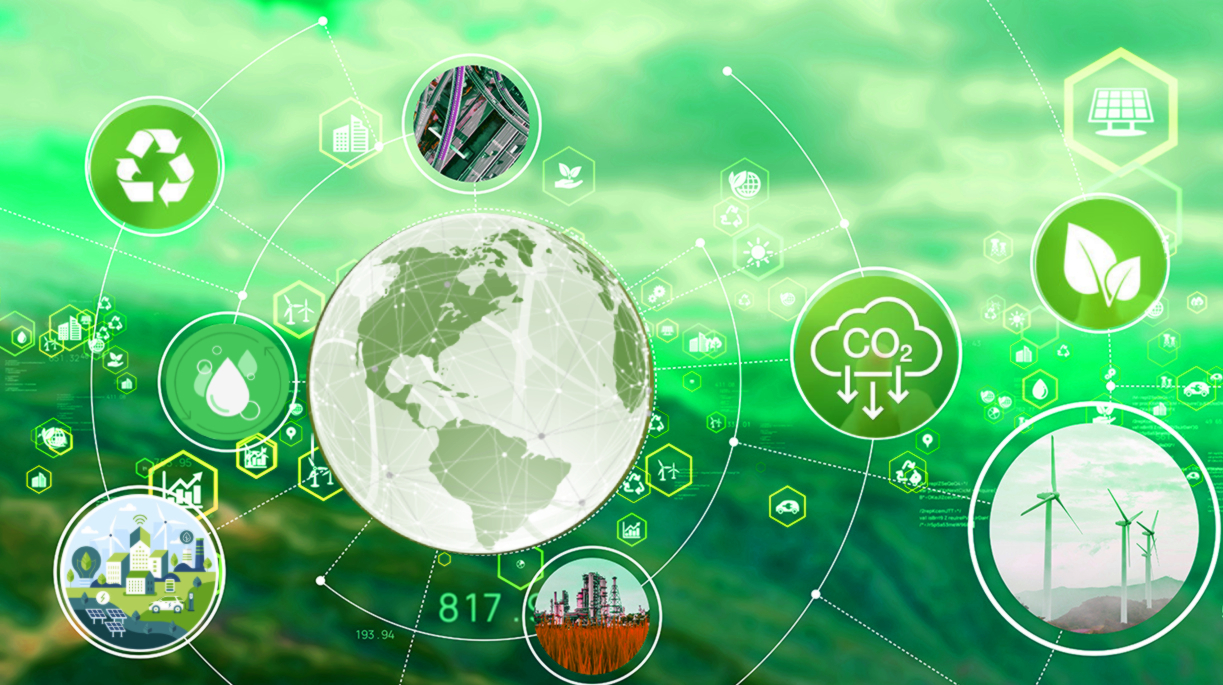Harnessing Sri Lanka's Offshore Wind Energy for Net Zero and Regional Carbon Neutrality
DOI:
https://doi.org/10.14464/ess.v11i9.671Abstract
Sri Lanka has approximately 22 million citizens, making it the only country in South Asia with complete electricity grid penetration throughout the nation and uninterrupted service. Despite renewable energy sources, including significant hydropower potential, the reliance on imported fossil fuels remains a significant concern. It should be noted that Sri Lanka possesses an estimated untapped offshore wind potential of approximately 92 GW, which presents both an opportunity and a challenge. This study's problem is identifying and navigating the technical challenges associated with evacuating and using such a large amount of offshore wind energy. Due to the excess energy generated, the existing grid capacity is insufficient to handle the surplus energy. Therefore, leveraging Sri Lanka's abundant wind energy resources is critical to help it reach its Net Zero targets while reducing foreign exchange expenditures on fossil fuel imports and generating revenue from surplus energy sales. This study examines alternative options for harnessing offshore wind energy in Sri Lanka, considering battery storage and hydrogen. A comparison has been performed for the two types of storage. The paper favoured green hydrogen, a burgeoning commodity on the global market, and exports surplus energy to India via a DC link. Wind energy potential has been revised, and a wind farm of 100 MW capacity has worked as a case of a pilot project. To make offshore wind energy more efficient, the authors recommend further exploration of several scenarios. It could include selling offshore wind potential to select decision-makers, extracting enough energy to meet national demands, and harnessing a significant portion of the estimated 92 GW offshore wind energy potential by 2023. The goal is to achieve net-zero emissions and adopt green hydrogen production towards the energy transition.

Downloads
Published
Issue
Section
License
Copyright (c) 2024 Vidya Amarapala, Abdul Salam Darwish, Kais Muhammed Fasel , Peter Farrell

This work is licensed under a Creative Commons Attribution 4.0 International License.
Copyright for articles published in this journal is retained by the authors. The content is published under a Creative Commons Licence Attribution 4.0 International (CC BY 4.0). This permits use, distribution, and reproduction in any medium, provided the original work is properly cited, and is otherwise in compliance with the licence.


